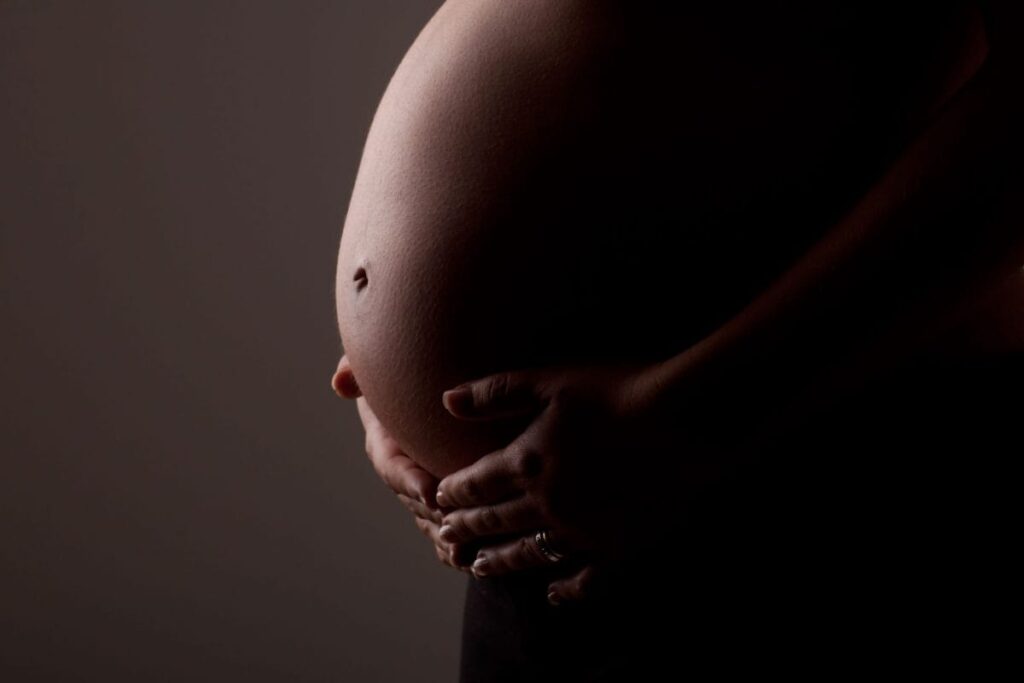 At the age of 28, Madhuri had three daughters and no son. With a dream to have a son and to fulfil her family’s demands, she became pregnant again. But this time she couldn’t take any chance and illegally undertook a sex determination test. As soon as she was told that it is a girl, she wanted to kill her, but was refused by the doctors who cited her poor health conditions. Madhuri was not bothered despite a risk to her life. She approached a midwife and aborted her unborn child.
At the age of 28, Madhuri had three daughters and no son. With a dream to have a son and to fulfil her family’s demands, she became pregnant again. But this time she couldn’t take any chance and illegally undertook a sex determination test. As soon as she was told that it is a girl, she wanted to kill her, but was refused by the doctors who cited her poor health conditions. Madhuri was not bothered despite a risk to her life. She approached a midwife and aborted her unborn child.
With this sex-selective abortion, Madhuri added a figure to the 10.6 million missing girls in India between 1970 and 2017 – a figure summing up the female foeticide menace in the country. Sadly, just two countries, India and China, contribute a whopping 22.1 million cases to the cumulative total of twelve Asian and European nations, where 23.1 million
Between 2013 and 2015 there were 900 females to every 1000 males in India. The gap has only increased in the last one decade.
“There are no guidelines or measures to stringently monitor ultrasound clinics. Besides, there is poor monitoring of ultrasound clinics. These clinics are required to maintain records of scans they perform which are often modified and the clinics that violate this requirement are let off with a small fine.”
Haryana continues to be the worst performer with only 861 females to every 1000 males. This is a more imbalanced sex ratio than what was reported at the time of the 2011 Census, when India had 940 females for every thousand males. By contrast, the World Health Organization (WHO) outlines the ‘natural’ sex ratio to be 100 females for every 105 males. The situation may only worsen over the years; World Bank projections suggest the gender gap will worsen to 898 females for every thousand males by 2031.
This is news that should not just cause heads to hang in shame but also question the effectiveness of Modi government’s ‘Beti Padao, Beti Bachao’ scheme, which not only promised female empowerment but also sought to decrease the gender gap in the country. So why has the decade long ban on sex determination tests failed to result in any positive implications?
The biggest reason could be the non-performance of the State Advisory Committees which works for the implementation of the Pre-Conception and Prenatal Diagnostic Techniques Act, 2003. There are no guidelines or measures to stringently monitor ultrasound clinics. Besides, there is poor monitoring of ultrasound clinics. These clinics are required to maintain records of scans they perform which are often modified and the clinics that violate this requirement are let off with a small fine. Literacy and job training programmes as well as access to higher education for women, are vital for the empowerment of women and enhancing their status in society. Public education campaigns are also an important part of the equation.
“Past research has suggested India is missing as many 63 million women and girls, when both sex-selective abortion and imbalances in the quality of nutritional and medical care offered to girls compared to boys are considered. In total, a Lancet study estimated that postnatal gender discrimination kills almost 240,000 girls under the age of five every year.”
A 2017 report by Times of India claimed that many rich Indian couples, especially those from affluent sections of our societies are flying abroad nowadays to get gender determination tests. Thailand, Dubai and Singapore – where sex determination is legal- have become favourite destinations for Indians to avoid the law and kill the female baby in the womb.
Past research has suggested India is missing as many 63 million women and girls, when both sex-selective abortion and imbalances in the quality of nutritional and medical care offered to girls compared to boys are considered. In total, a Lancet study estimated that postnatal gender discrimination kills almost 240,000 girls under the age of five every year.
As the new research reflects, sex-selective abortion continues to be a menace in India despite being effectively illegal. Prenatal sex determination has been prohibited in India since 1994 to tackle the country’s sex ratio imbalance. However, as previously reported by Health Issues India, the law is considered by many to be poorly implemented and enforced. Meanwhile, sex-selective abortions and illicit prenatal sex determination has become a multi-crore-rupee underground industry – facilitated by the availability of new technologies making it easier to discern a child’s sex in utero.
The latest findings pose concerning implications for India, a country where women’s health issues are often neglected as reflected in the country’s high gender gap on health indicators. Sex-selective abortions have a detrimental impact on a country’s development – resulting in the loss of enormous amounts of potential and lives.
It is a big irony for a nation that worships women as Goddess. It considers a female as a burden and think that up bringing of girl child is like watering a neighbour’s plant. Misgony empowers their mind to kill their own child just because they want a son to carry forward the family lineage and it is disheartening that the trend is not just limited to the uneducated and rural India, the rich and educated Indians also have similar views.
At her request, Madhuri’s name has been changed for the purposes of this article.

